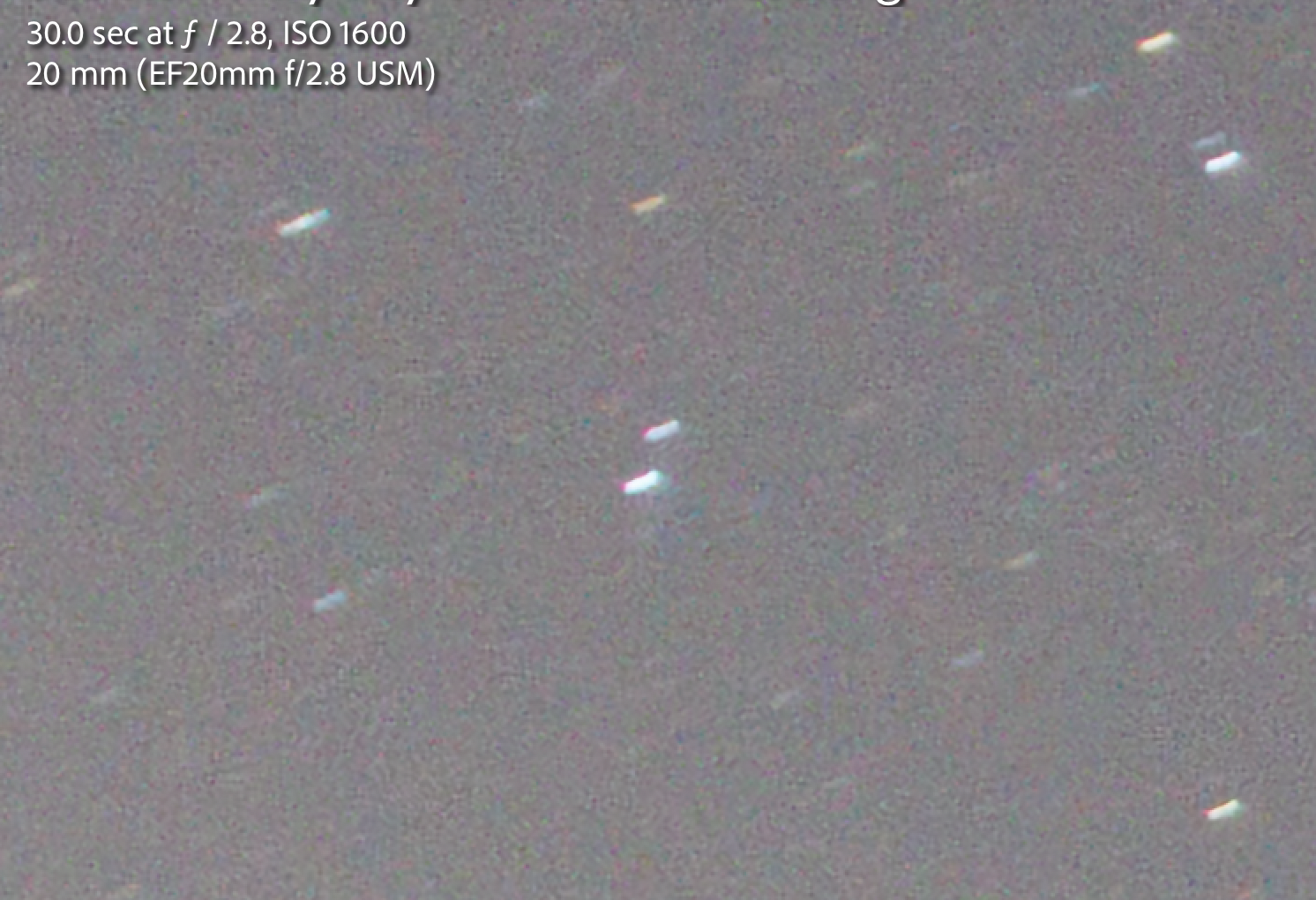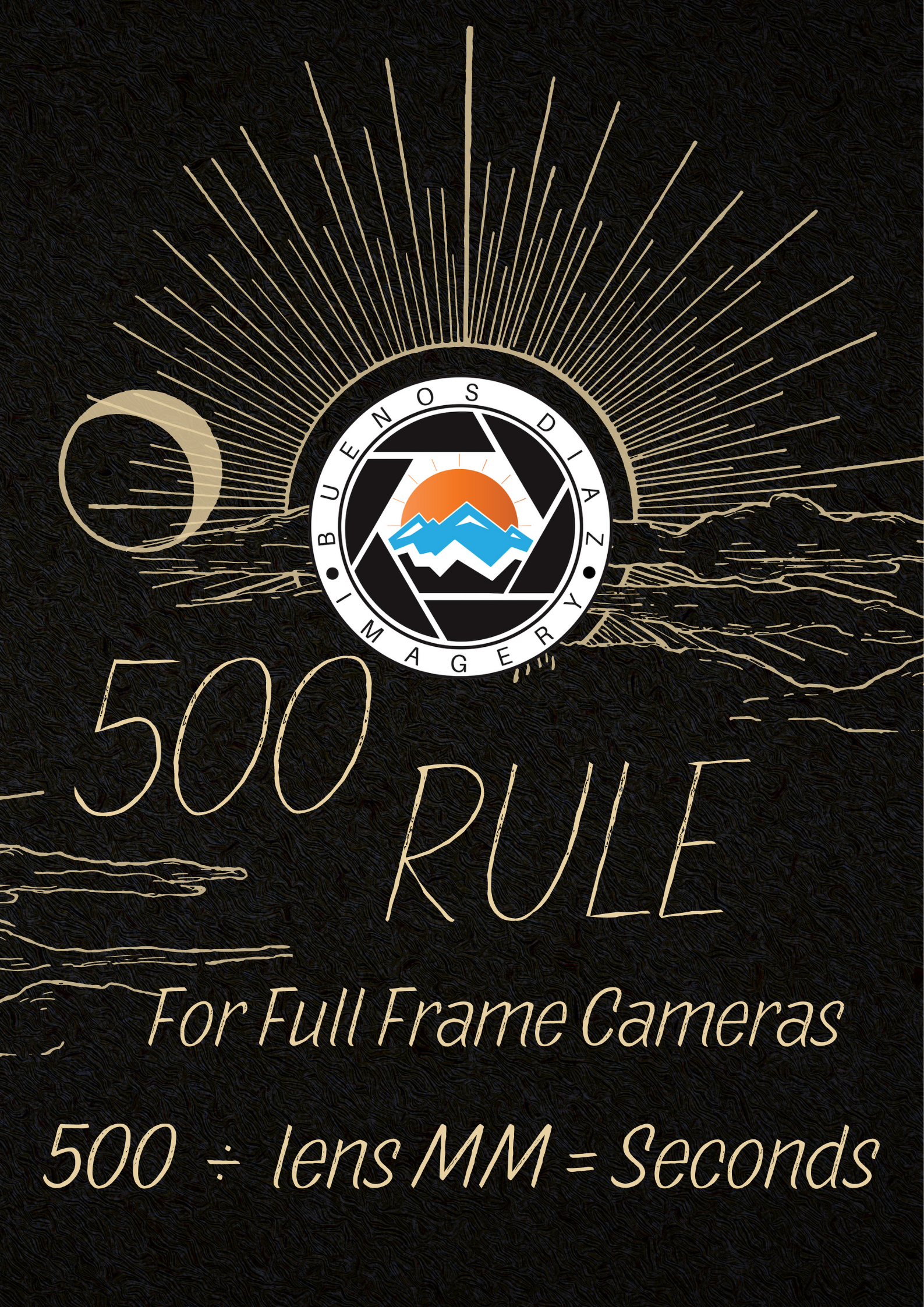Star Photography Made Easy!
Whether you love photographing stars in the night sky or want to try it for the first time, I want to provide you with some simple tips that will help you when you are out in the field to get pinpoint stars! Getting pinpoint stars requires a little planning, but ultimately requires you to get familiar with the camera and lens that you are going to use to capture the beautiful celestial night. Let’s start with the type of digital camera you are using. Now, I do not mean the brand of the camera, rather, is your camera a full-frame camera or has a crop sensor. Ultimately, both types of cameras are capable of capturing stars but having a crop sensor will affect the focal length of the lens you are using and it is something worth noting. If you do not know what type of sensor you have, the simplest way is to do an internet search for the sensor type for the model of your camera. For example, “what type of sensor does the Canon EOS R have?” Once you have established the type of sensor your camera has, note the lens focal length you will be using to shoot stars (ex. 20 MM, 24 MM, 35 MM, etc.).
Now that you have your camera sensor size and lens focal length noted, we are ready to begin shooting stars! The best practice is to arrive early at the location you are going to shoot stars and look around and get familiar with the area. One of the reasons for this is that when it gets dark your visibility will be greatly reduced in the area you are in and it is best to know your surroundings. Another reason that it is a good idea to arrive early at a location before the sun goes down is to get focus with your camera and lens on a subject that is at a far distance. You see, setting your camera lens to manual (not auto-focus) and locking onto a subject will be easier during the day and will mimic the stars at night. Your camera cannot distinguish between a building or tree that is miles away and a star that is thousands of miles away. If you are not able to arrive early at a location or it is already dark, try to find a bright star or the moon to get focused on the dark sky.
The sky is dark, your focus is locked, let’s get some pinpoint stars. Let me introduce you to the 500 rule. I would say the 500 rule is more of a guideline or starting point than a hard and fast rule. What the 500 rule does for you is that it provides the number of seconds you can keep your shutter open without having trailing stars or tails on your stars. Let’s assume you have a full-frame camera and you are shooting with a 20 MM lens. The 500 rule goes as follows: 500 divided by the focal length of your lens gives you the number of seconds you should keep your shutter speed open for before getting trailing stars = 500/20 = 25 seconds. If your camera is a crop sensor camera, it would look something like this: 500/(20 x 1.6) = 15.6 seconds. As a note, a crop sensor lens magnifies the focal length of a lens. For example, a 20 MM lens on a crop sensor is equivalent to a 32 MM lens.
You have your camera focused and now you have the number of seconds you will keep the shutter open, you just need a couple more settings on your camera. While finding the shutter speed for the image is important, let’s briefly talk about aperture and iso. As a general rule, set your aperture to f/2 or f/2.8 and your iso to 800 or higher. There is no set rules for this but these suggestions will get you going in the right direction. Change your shutter speed by a few seconds and see what types of results you get and the same goes for the iso. While you see that there are a few things you should keep in mind to get sharp stars in your photography, do not be afraid to experiment! Take a look at the two examples below that were shot on a full-frame camera with a 20 MM lens. Both these images are zoomed in so we can see how changing the shutter speed can affect pinpoint stars. In the first image, the shutter speed was set to 13 seconds (f/2.8 and iso 1600) and you can see the stars are round in shape. If you look at the second image, the shutter speed was set to 30 seconds (f/2.8 and iso 1600) and you begin to see an elongated star. The 500 rule for this lens and camera was 25 seconds. I decided to shoot one at half the recommended shutter speed and one 5 seconds over the recommended shutter speed. You can not the differences in the stars below.
Zoomed in stars: f/2.8, ISO 1600, 13 seconds
Zoomed in stars: f/2.8, ISO 1600, 30 seconds
Honestly, there is nothing wrong with having long stars, also known as star trails, but if you want the sharpest stars you will have to experiment a bit with the gear you own. I shot these images on the Canon EOS R, EF 20 MM 2.8 lens with a Canon EF to R adapter. Have a great time shooting stars and most of all have fun! LINK TO Free 500 Rule Digital Download: bit.ly/500ruleposter



